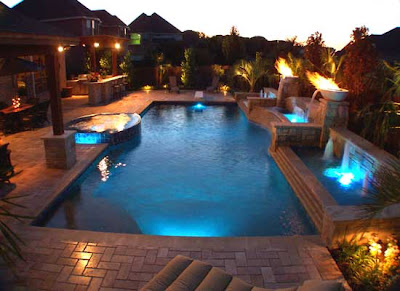
Dato Malik Mydin is a Malaysian solo long distance swimmer hailing from Penang. He was notable as the first Malaysian and Southeast Asians to swim across the English Channelon August 3, 2003, successfully completing the journey in 17 hours and 42 minutes. He was born in year 1975. Abdul Malik was a relatively athletic swimmer, who finished fifth in a 26 km race across Lake Zurich in Switzerland in August 2002, among 22 international swimmers. Malik had also conducted several solo swims locally, including swims between Penang and the mainland (7.8 km to 12 km), Pulau Besar to Mersing (18 km), and Kuala Perlis to Kuah (48 km, in 14 hours). Abdul Malik announced his intention to swim across the English Channel in May 2003, setting a target of 18 hours to swim 32.8 km from England to France in July or August, and receiving coaching and advise from John van Wisse, an Australian coach. The swim was initially delayed to late-July due to weather, and was finally organised on August 3. He now serves as the chairman of Airport Limo Malaysia, which provides airport limousine services.
| Dato Malik Mydin |
During preparations of the cross channel swim, Malik was originally intended to start from Shakespeare Beach, but was advise by navigator Mike Oram to start from Abbots Beach in Dover, England. The cross channel swim saw Malik flagged off at Abbots Beach at 2.02am, local time (9.02am, Malaysian time, August 3), stroking at a consistent pace and stopping only for feeds at 20 minute intervals.
Malik reached Cap Griz Nez in Calais, France at 8.42pm French time (7.42pm, British time; 2.42am Malaysian time, August 4), completing the swim in 17 hours and 42 minutes, just 18 minutes less Malik's 18 hour target. He claimed that windy weather during the last kilometres of his swim hampered attempts to finish his swim hours earlier.
He was hailed by supporters as a national hero upon his return to Malaysia on August 9. However his record lasted less than a year, and was broken on 13 July 2004 by fellow Malaysian, 20 year old Lennard Lee who swam the channel in 9 hours and 45 minutes.














